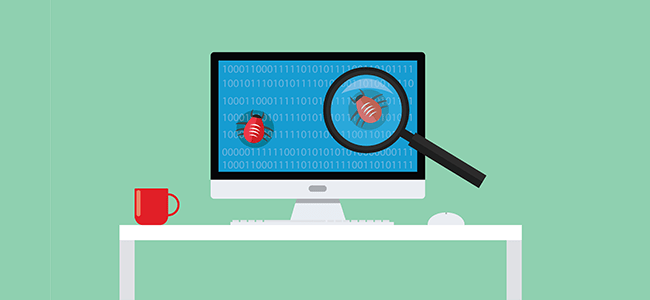It seems like every day we hear about a new malware attack or a new way that malicious software can get on our computers. While there is some good malware out there (such as ransomware to protect your money), there are also many malicious programs that are designed to harm our computers, and the best way to stop them is to keep our computers safe!
If you’re trying to stay safe online and still want to be able to access your favorite websites without having your computer slow down, then you should consider using an antivirus for your computer. Antivirus software protects your computer from malware by detecting and stopping any malicious code that may be running on your computer.
You don’t need to know anything about antivirus software to use it; all you need is an internet connection, a computer, and an interest in keeping your home or business network secure! You don’t need specific antivirus software either; most of the best antivirus programs will work with any browser, so long as you have an internet connection!
In this article, we’ll take you through some of the most important things you need to know about viruses and malware so that when the time comes for you to protect yourself against these threats, you won’t make any mistakes.
What is malware?
Malware is malicious software that infects data or makes its way onto a computer. Malware removal is the act of removing or getting rid of malware from your computer. Viruses, Trojan Horses, and worms are all types of malware. However, malware that infects only computer files is commonly referred to as a virus.
What is Virus?
Virus is the basic definition for any kind of malicious code that infects a computer. It can come in many forms, including computer viruses, malware, and Trojan horses. A virus can also be an infection that affects only your computer, while malware typically affects your computer and your files as well as your online account and your online activity.
How malware gets on my Computer?
There are many different ways that malware gets on your computer. Some of the most common methods are: Malware Comes With the Package – Malware often comes with the computer hardware or the operating system. If malware doesn’t come with your computer, it may be stored somewhere on your computer. Files That You Unlawfully Remove – Many types of malware are stored in your computer’s files, such as .exe, .doc, or .docx files. If you’re not careful when removing files from your computer, you may remove important files and folders that contain malware. Fondling Your Computer’s Files – Some malware gets into your computer through programs you’ve Fondling Your Computer’s Files – Some malware gets into your computer through programs you’ve installed yourself, such as an extension or a program from a website you trust.
How to Check If Your Computer Is Infected By Malware
The best way to avoid infections is to minimize the risks. To do that, you need to know what’s going on in your computer. That’s where a computer infection Checking If Your Computer Is Infected By Malware step-by-step guide comes in! By following these steps, you’ll know if your computer is vulnerable to malware attacks.
Detecting and Remove Malware From Your Machine
If you want to protect yourself from malware, you need to be super careful with how you remove malware from your computer. If you want to completely remove malware from your computer, use an antivirus program. However, if you only want to protect your computer from low-risk threats, then you can manually remove malware using the steps below: Use an antivirus program – Most antivirus programs will have a feature that you can enable to automatically scan your computer for malware. Make sure that feature is turned on whenever you’re not going to use your computer. Run a scan – To remove malware, run an antivirus program’s scan function. Make sure that all program files, including the ones on your computer’s desktop and in your computer’s Applications folder, are scanned. Remove any files that the malware created – Once your computer is clean, delete any files that were created by the malware, such as the malformed zip file.
Summary
Viruses, Trojan horses, and worms are all types of malware. Learn more about these threats and how to protect your computer with an antivirus program. The best way to stay safe online and still want to be able to access your favorite websites without having your computer slow down, then you should consider using an antivirus program on your computer. Antivirus software protects your computer from malware by detecting and stopping any malicious code that may be running on your computer.
